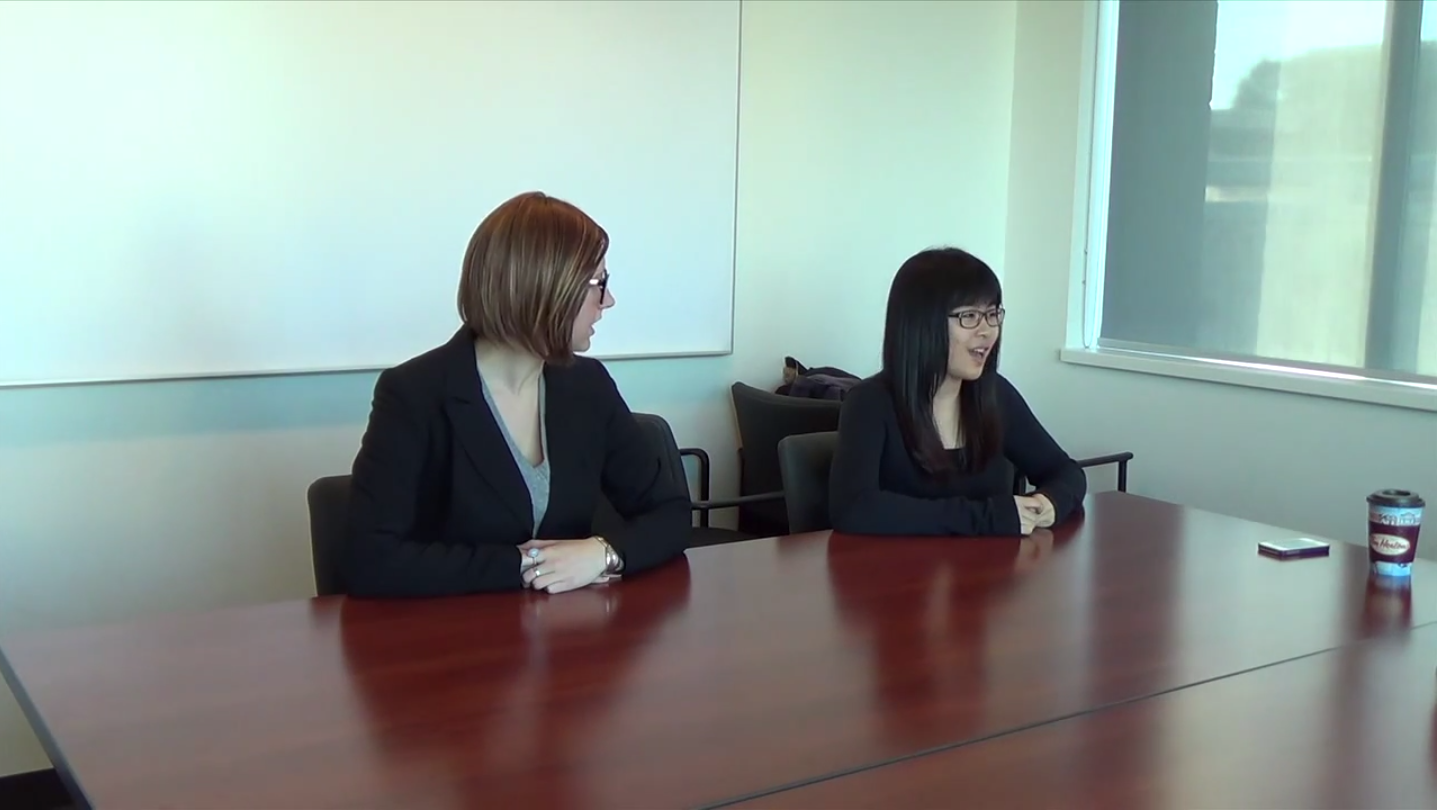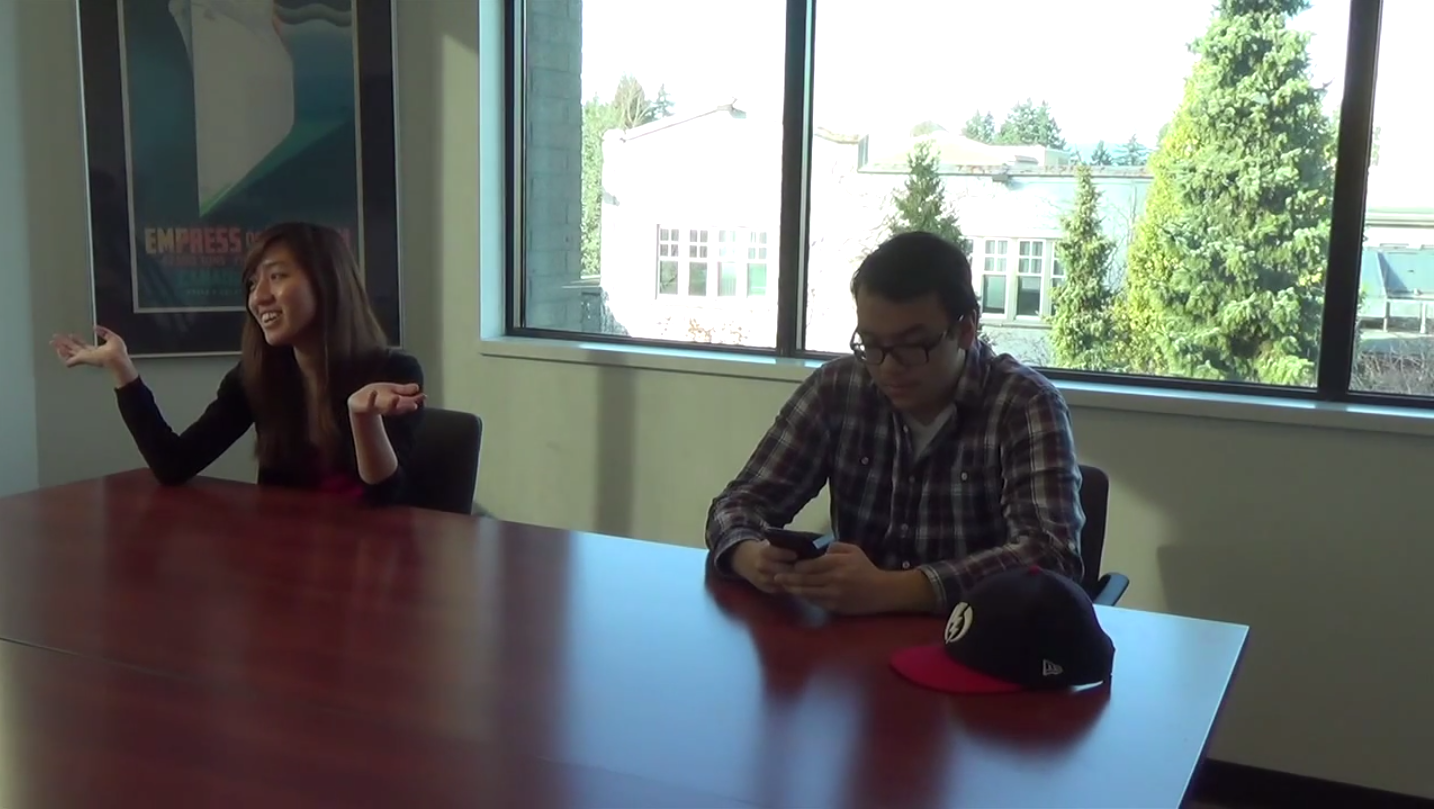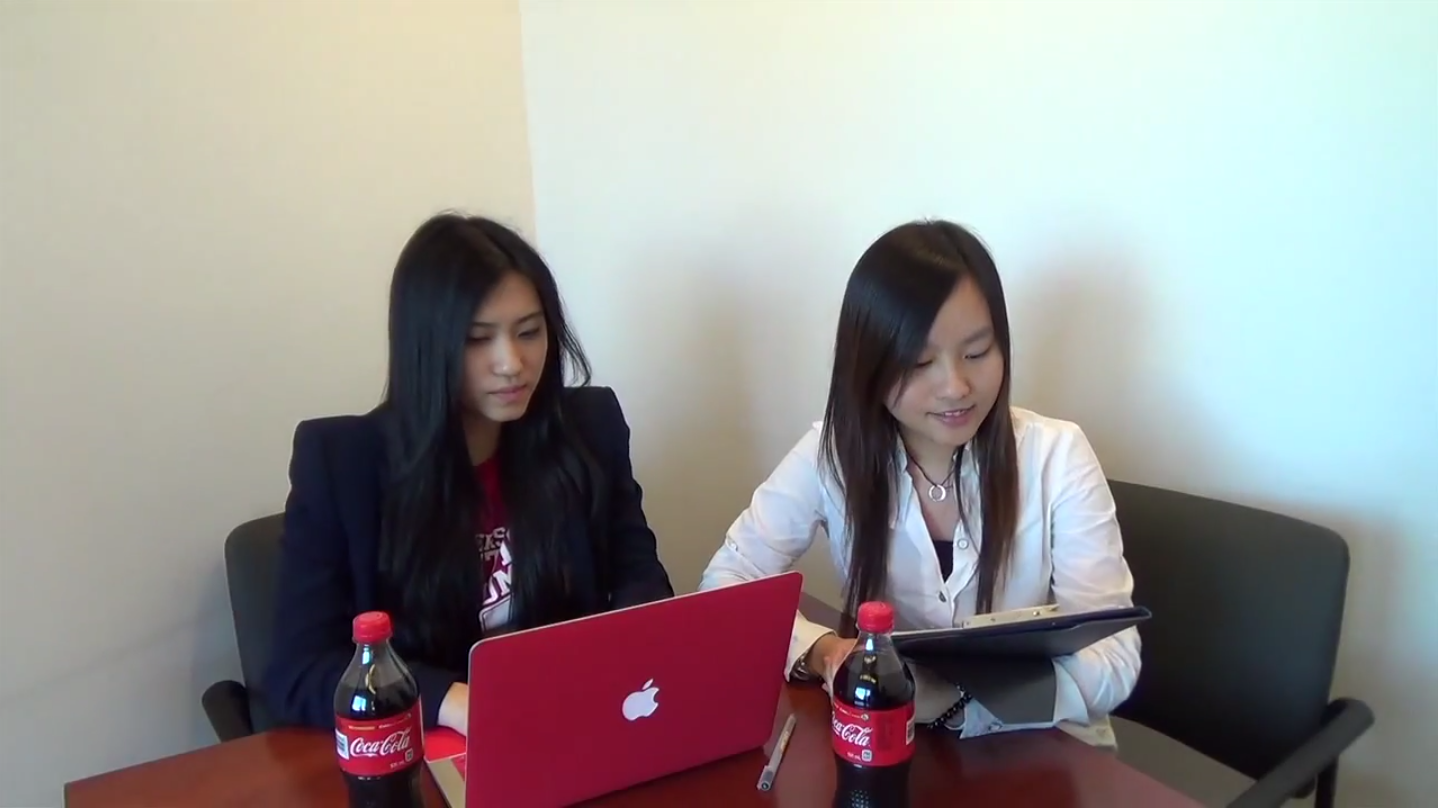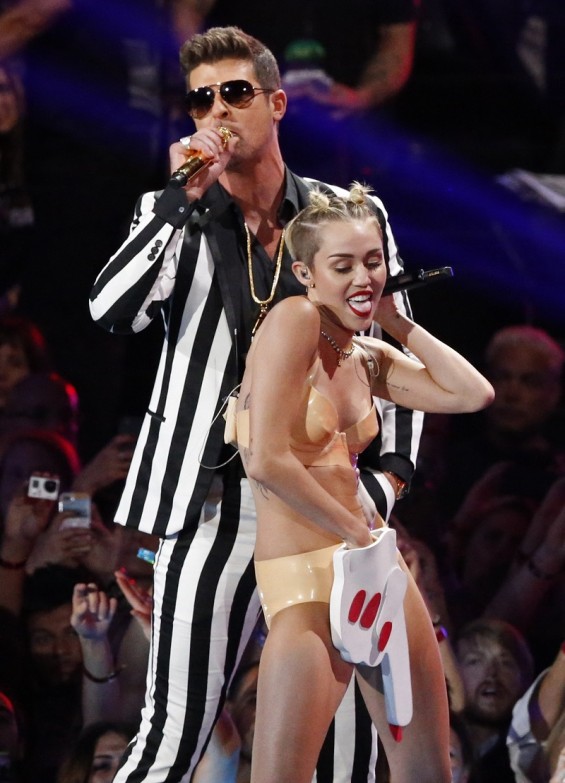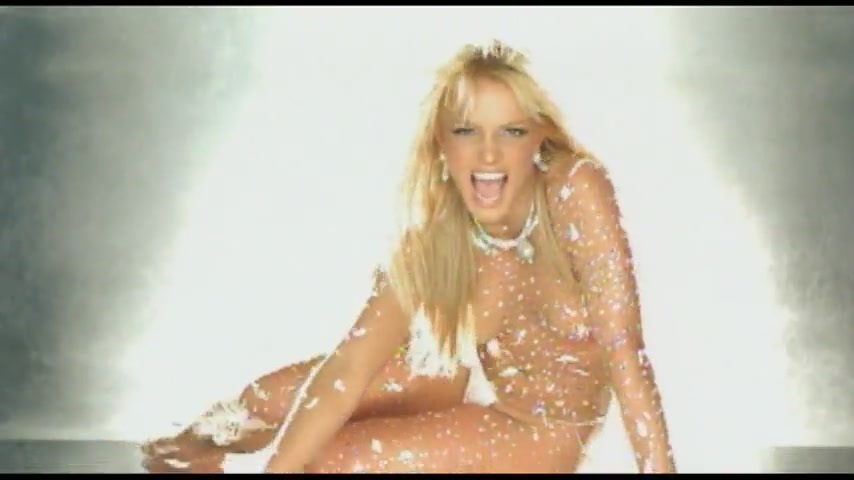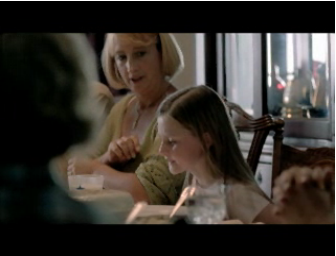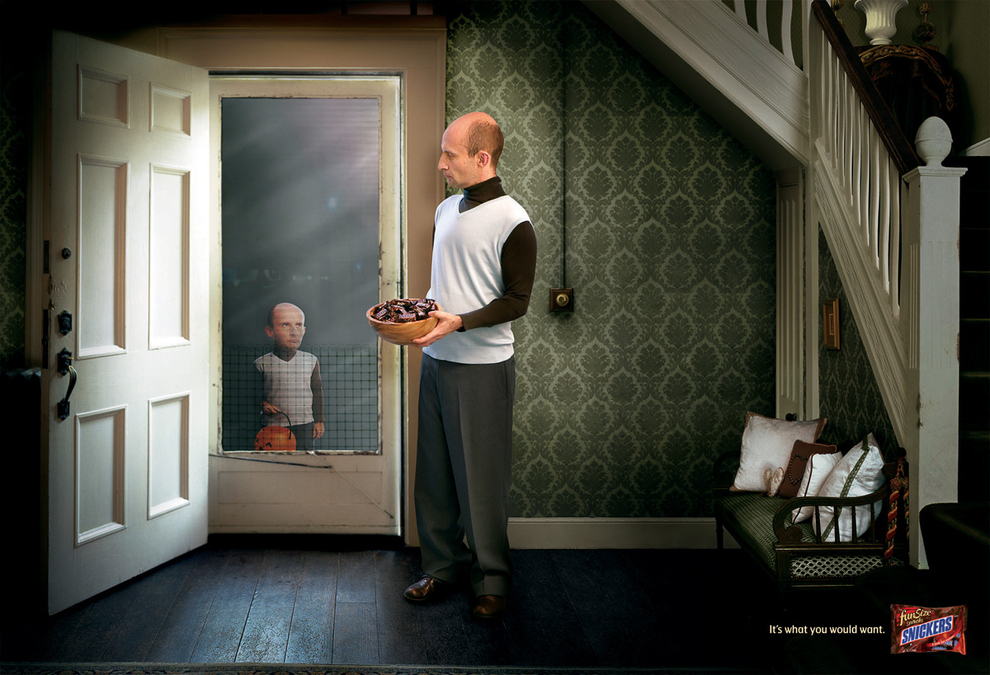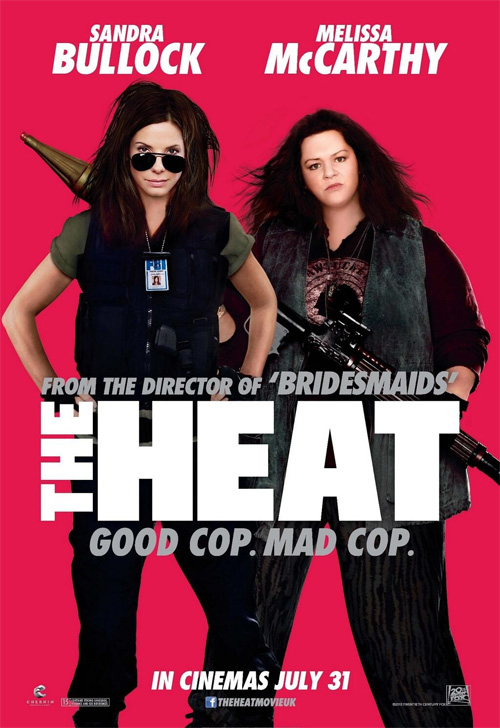On Marketing-Plan Teamwork
Over the past few weeks, I have been working with my fellow COMM 296 teammates to make a marketing plan on The Coca Cola Company.
Marketing plans in general require a lot of work to make. When I first heard about the assignment, I was afraid that I would have to struggle through it. However, once I got into it, I was surprised by how doable it was. The two things that helped me the most were (1)clear explanation and outline given by my professor and (2)my helpful teammates. The outline guided me and my team members through the assignment step by step, while my surprisingly friendly and considerate teammates enabled my team to work efficiently.
The third part of our assignment was to make a video summarizing marketing mix analysis. After long hours of meetings, we adopted my idea of using interview style as an outline and brainstormed ideas for the script. Everyone was very active in sharing ideas and doing things for the team. Some even came to help when it was not their turn to film. I was surprised by the willingness of everyone to work and do more than what they are expected to. Everyone was very flexible and mindful of each other. Although even the smallest issues, such as deciding the time for a group meeting, may cause some setbacks in other groups (in one of my other groups, in fact), my teammates were not selfish enough to make that a problem in ours. We adjusted our schedules to other members’ and we did not force our ideas on others. Overall, I am glad that I got to be a part of this amazing, selfless and hardworking team.
Doing a reflective blog post for the assignment, I think that it is only fair for me to share what my fellow teammates say as well, so here are some sentences that serve as a brief summary of what they think:
- Burke, Tim – “I thought I had lucked out with my group since we were, for the most part on the same page with our thoughts, which made decisions in the group a lot easier. … None of the disagreements left the meeting, rather all were resolved and for the most part the group was happy with what was decided upon amongst the group.”
- Heng, Elyssa – “Despite coming from diverse backgrounds and cultures, I think my team worked very well together and I think that it’s this very diversity that helped us amalgamate varying perspectives and consumer experiences around the world.”
- Meisner, Alexandra – “My team for the designated marketing assignment #3, consisted of people who were both task-oriented and creative.”
- Liu, Carmen – “Everyone is friendly, easygoing and creative which makes me learn a lot from our work.”
- Luo, Paula – “We didn’t assign anyone anything, but just to do what you could do. No one just lean back, crossed the arms, and sat there. Everyone made a great effort. We did our best.” [sic]
What I found interesting is how each of them thinks that our third assignment is the thing that brought us closest together. I also feel that doing the video together brought out our creative sides and melted our awkwardness away. It would not be a stretch to say that I agree with everything they have written on their blogs, and I, as well, feel fortunate to have been blessed with such a hardworking team. I especially like how Paula said that “no one just [leaned] back, crossed [their] arms, and sat” during our assignment, because I feel that it summarizes our team perfectly. Everyone had the initiative to give their all.
All in all, I feel that the marketing plan assignment is a great tool to make us put what we learned from textbooks to practice, marketing-wise and teamwork-wise.

